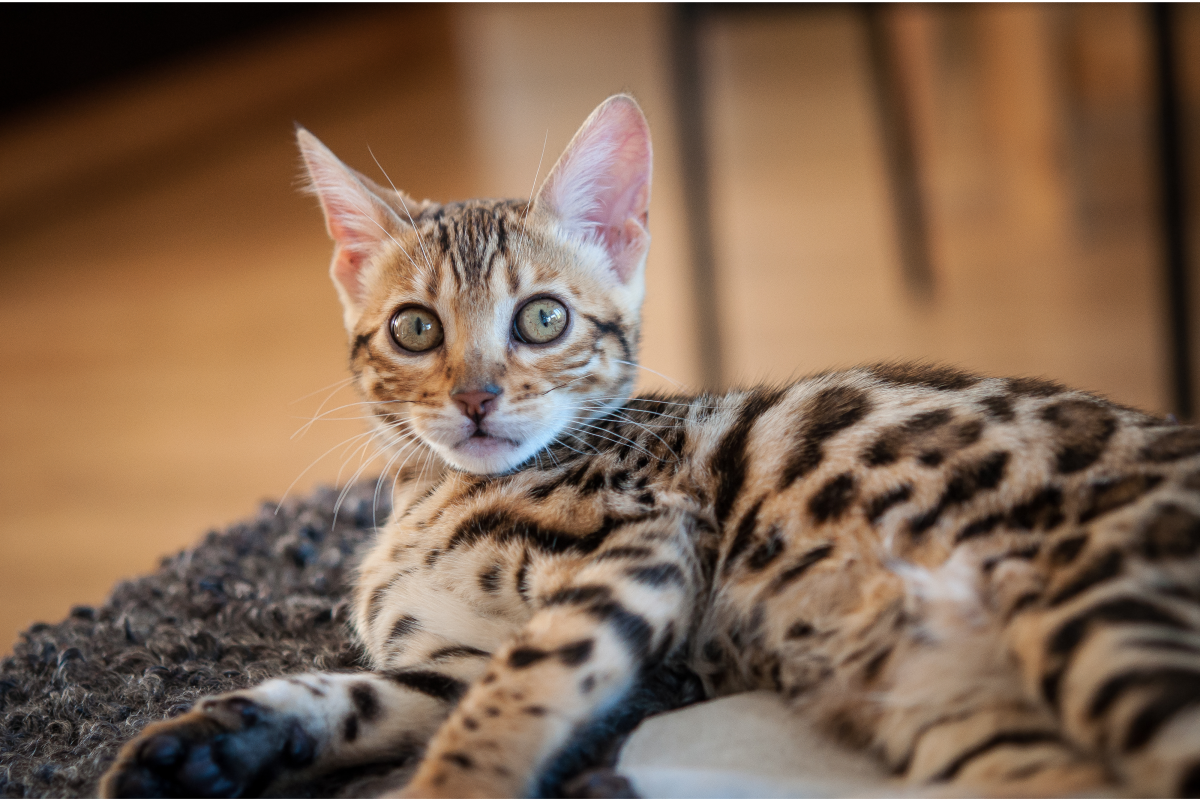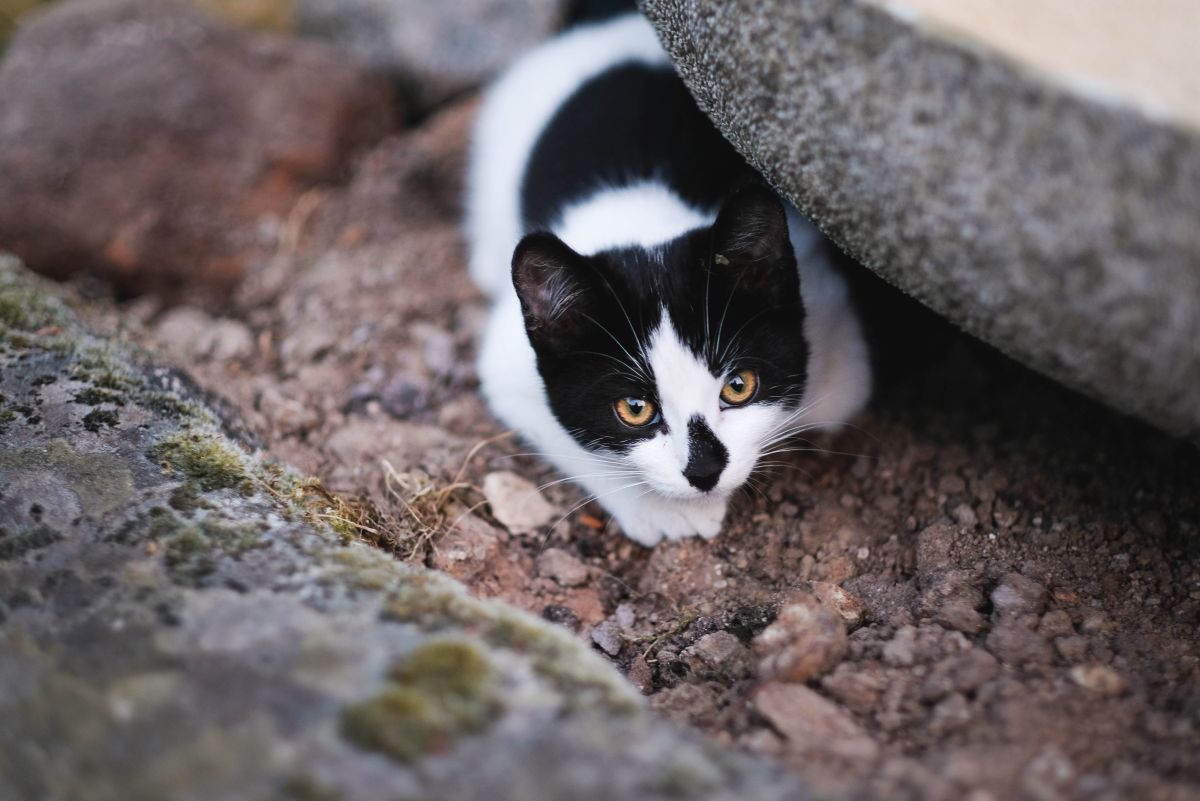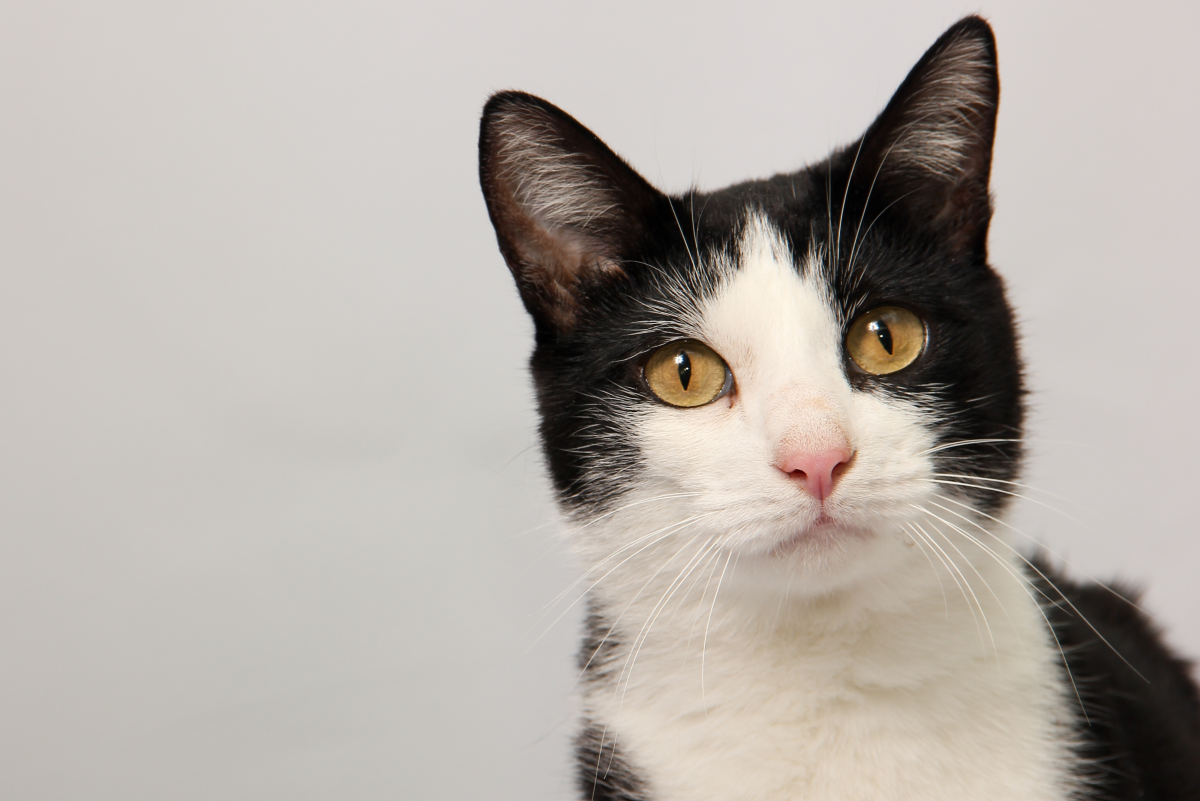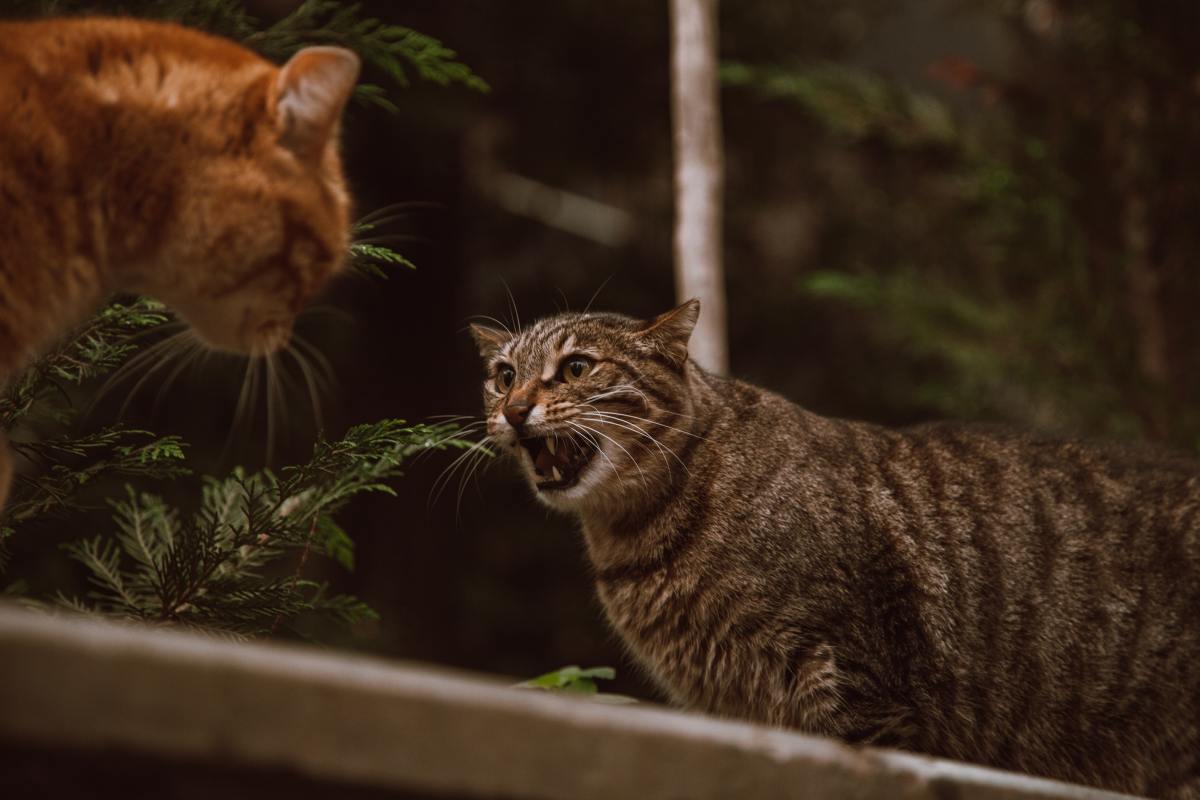How to Train Your Cat to Retrieve
The Feline Advisory Bureau Cat Personality Survey found that 44 percent of owners said that their cats retrieved. Just under half of these said that their cats retrieved frequently, the rest occasionally. Breeds such as Siamese, Burmese, Tonkinese, Somali, Ragdoll, and Rex were well represented in these frequent retrievers, and the cats tended to be younger if they were moggies (less than five years old). The retrieved objects included beads, feathers, paper balls, string, cotton spools, leaves, socks, and brushes. Carrying prey is a natural behavior for cats, as is bringing it back to a base; for example, to feed kittens, or just to eat it in safety. Of course, this is all done for the cat's benefit or, in some cases, to benefit its kittens. Most of the people in the survey didn't set out to train their cats - it simply happened as they played. We know that some breeds such as Siamese and Burmese are more interactive than other breeds as well as moggies, and we know that younger cats are often likely to interact for attention or the enjoyment of chasing and playing. Thus, in most of these cases I suspect it has been the cat that has trained its owners - they have thrown a toy, and the cat has returned it and found that if it gives them the toy, they will throw it again, encouraging and reacting to the cat every time it brings the toy - it is a great attention grabber.
Playing retrieve is a great way to exercise and build bonds with your kitten. It can be especially important when cats are going to be kept indoors all the time and will not get the stimulation, exercise, and adventures associated with going outdoors.
If you want to encourage your cat to retrieve, select a toy in which it has shown interest, and use the toy in play. Choose one that the cat can actually carry easily, something that is not too heavy and which fits easily in the cat's mouth. If the cat has no particular interest in a toy, choose one for it and perhaps smear the toy with some of the cat's favorite food to catch its interest.
As soon as your kitten runs after the toy and picks it up, call it to you. Offer a treat or an identical toy as a swap for the one it has picked up. Don't force the kitten to let go or have a game of tug-of-war. You will only encourage it to run off with the toy the next time so that you do not even get a chance to grab it. Repeat the exercise and the kitten will soon get the idea - many really enjoy the interaction and the chance to run off some of that kitten energy.
A method of training called clicker training has become well known in dog training and also works for cats. The idea is to indicate to the animal the exact action that has earned the reward. This is done with a clicker - a small plastic box containing a flexible steel plate that makes a double-click sound when pressed. It is a very distinctive sound and can be made very quickly, marking the behavior you are pinpointing very accurately. It is much better than a voice and, once the cat has made the association between the click and the reward, the animal understands that the click marks the correct behavior and the reward will follow. In the end the click will suffice as the reward itself.
- Kitten Feeding Guide
Having decided on your kitten, or kittens, and perhaps even chosen it, you need to prepare. It's like bringing a new baby home from the hospital - the anticipation is lovely. Kittens don't need very much in... - When Is the Best Time to Get a Kitten
Once you have decided you want a kitten, there are actually quite a few decisions to be made before you go down a particular path in getting it. Do you want a pedigree or a moggie? Are you after a particular...








